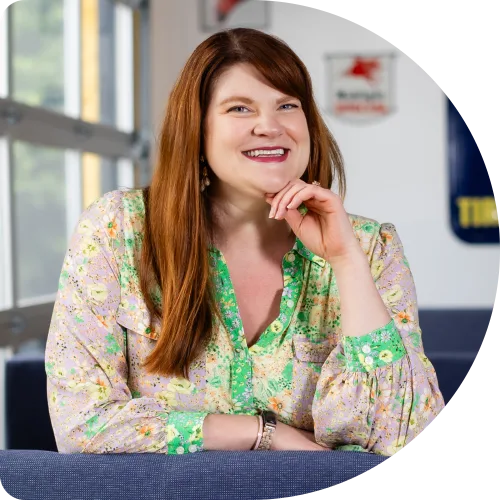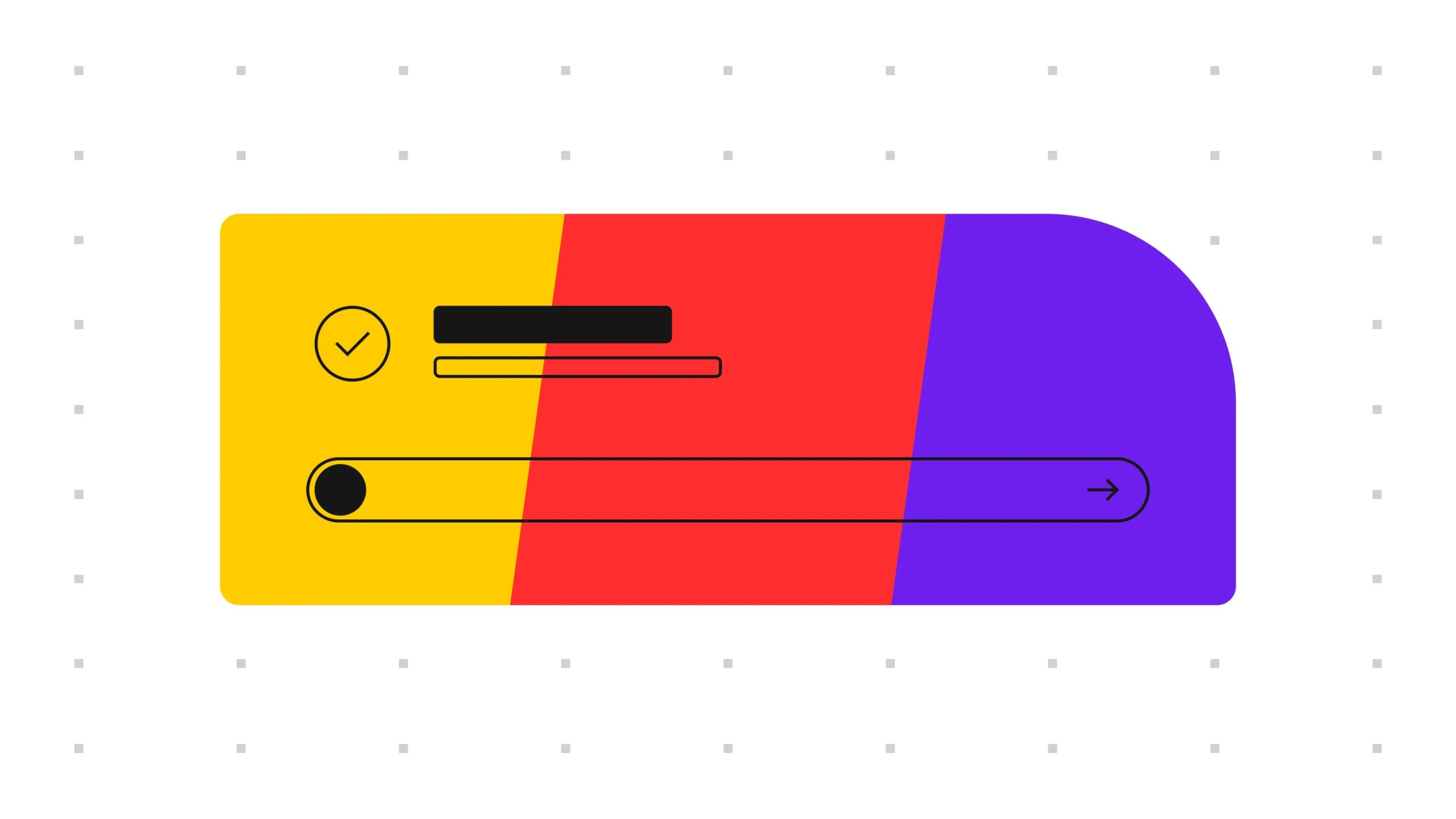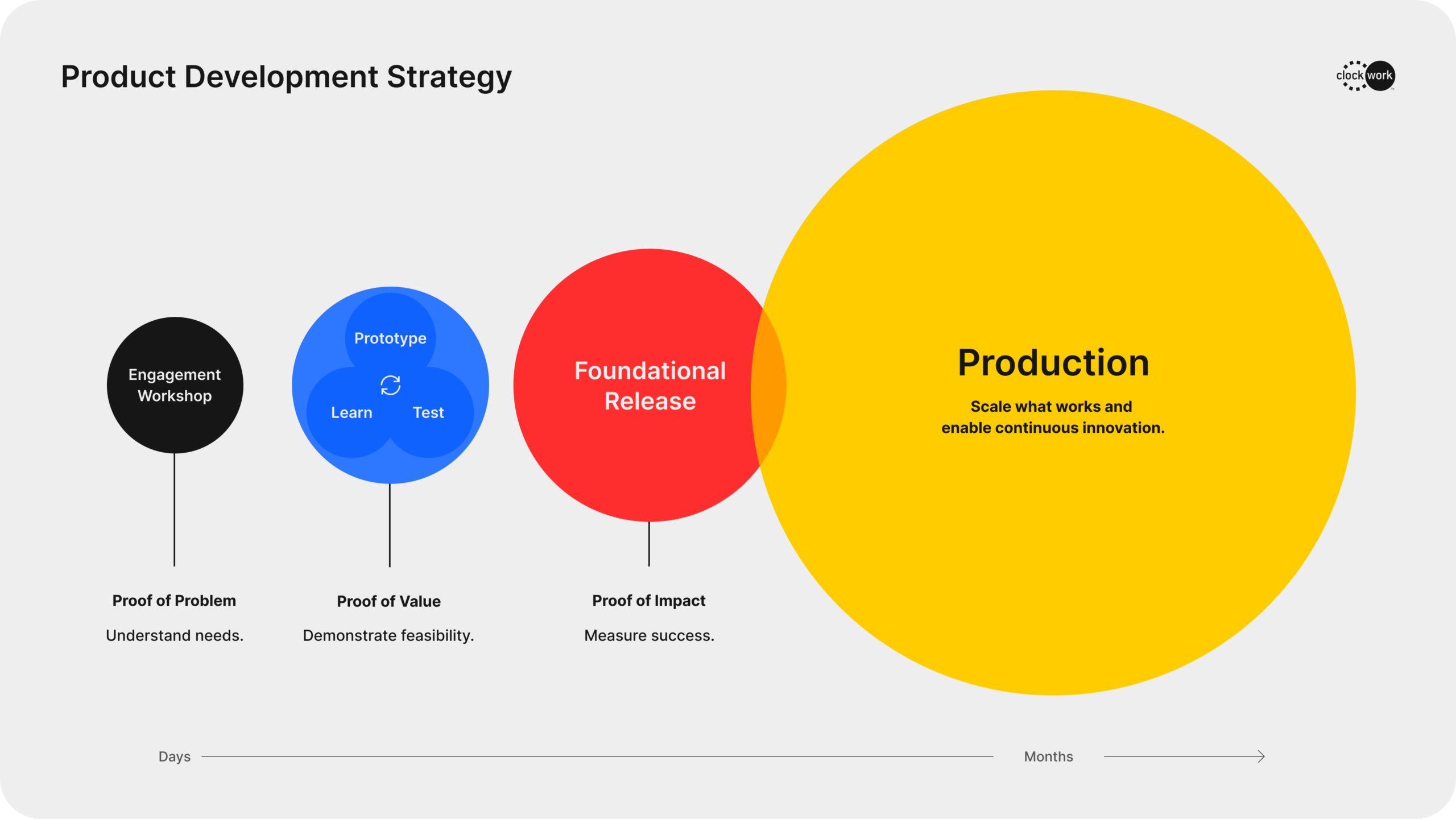Every budget season is a gamble—forecasts, tradeoffs, and a few educated guesses. The question is: where should you place your chips this year?
To cut through the noise, we asked voices across Clockwork to share what they see on the horizon for 2026. From operations and strategy to design, engineering, AI, and creativity, their perspectives sketch a sharper picture of where organizations should focus if they want to move forward with confidence.
And a little swagger.
What’s the hidden cost or inefficiency you think companies can’t afford to ignore as they plan 2026 budgets?

Vince Cabansag, COO
“The hidden cost in 2026 isn’t dollars—it’s disengagement. Gallup’s latest report puts the price at $438 billion a year, with nearly 80% of workers admitting they’ve mentally checked out. And it’s not really about where people work—it’s about whether they feel heard and valued. Return-to-office isn’t the villain; many people enjoy the energy of being together. The real issue is when RTO gets treated like a mandate instead of a conversation. Disengagement happens when people feel excluded from shaping how they work, not because they’re in the office.
The good news is that engagement grows when companies invite people in. Flexible schedules, open forums, co-created workplace rhythms, and managers trained to listen and lead all help employees feel trusted and invested. Pair that with upskilling around AI and new tools, and teams don’t just feel ready for the future—they’re motivated to help shape it.
Engagement is the multiplier: it makes every other budget line work harder. The companies that thrive in 2026 will be the ones that don’t just ask people to show up for work—they’ll ask them to help shape what work becomes.”
If you were advising CEOs writing next year’s budgets, what’s the one bold line item they should protect at all costs?

Jenny Holman, CEO
“The companies that win in 2026 will be those that modernize their systems and their thinking about adoption simultaneously.
For many enterprises, net-new technology investments have slowed. The priority now is modernizing core systems, consolidating platforms, and optimizing existing technology to work more efficiently. The leaders who are doing this well are not stopping at technology upgrades. They are pairing modernization with adoption, change enablement, and a product mindset that emphasizes user testing, incremental enhancements, and validation.
That ongoing product discipline is what ensures transformation delivers lasting results. It turns a budget line from “technology spend” into “business performance.” Protecting it means investments don’t stall after launch, but continue to generate incremental gains for customers and employees over time.
In 2026, as economic headwinds make new investments harder to justify and innovation accelerates through AI and automation, this approach will separate the winners. Cutting transformation budgets may feel safe, but it undermines agility at the exact moment resilience is most valuable. CEOs who hold firm in investing in both systems and people will create durable value, while competitors are still trying to stabilize.”
Which under-the-radar trend do you expect to become a boardroom-level priority in 2026?

Danielle Miller, Principal User Experience Strategist
“Employees pushing for or adopting tech on their own – this is already happening, but I think it will grow into a bigger opportunity as AI tools continue to flood the market. Employees will pilot tools independently and potentially integrate them into their workstreams. There’s an opportunity to listen and learn from folks who are adopting new ways of working and building plans around that.
Intentional experiences – research suggests that Gen Z is pushing back against constant digital immersion and seeking a more deliberate or balanced dynamic. I don’t think this means that the shopping mall will make a comeback, but I do think business leaders will need to be more thoughtful about what hybrid or simplified tools and experiences look like for today’s audiences. It all goes back to meeting people where they are.
Related, a shift to value-driven customers – With the desire for more intentional experiences and rising costs of goods and services, folks are having to tighten their pocketbooks and their time. Business leaders will need to align on the value they are bringing to customers and lead with that.”
What’s the most realistic way companies should be thinking about AI in 2026 — as an investment, not just an experiment?

Sonja Leaf, Sr. Software Engineer
“Leaning into AI as an investment and amplifier for current teams feels essential in 2026. The tools have gotten very good.
From making the most of the data you already have to producing better products with faster iteration times, AI is transforming “work”. Finding ways to introduce and share wisdom within an organization is equally important.
Having domain experts to guide these tools is critical today, but mentoring tomorrow’s experts is equally essential.”
Which engineering challenge deserves serious investment in 2026 if teams want to avoid stalled projects?

Cassidy Nelemans, Sr. Software Engineer
“Standardizing and codifying operational knowledge now, so AI tools can reason over your systems instead of amplifying chaos.
Today, critical operational knowledge is often scattered across Slack threads, tribal memory, and one-off scripts. In 2026 and beyond, that fragmentation becomes a serious liability. As AI assumes a larger role in deployment, incident response, and decision-making, these gaps lead it to make incorrect assumptions, introduce noise, and necessitate rework. That’s how projects stall: teams end up chasing false signals, duplicating effort, or untangling avoidable mistakes.
By codifying processes, documenting decisions, and structuring operational data, you turn scattered knowledge into a single source of truth that both humans and AI can rely on to keep delivery moving forward.”
How should companies think about investing in design in 2026 if they want to actually stand out, not just keep up?

Sam Gordon, Lead Product Designer
“Design’s biggest job is to reduce complexity. Every interaction risks adding friction—and in 2026, customers will reward the brands that make life simpler, clearer, and more human.
That means designing for trust and authenticity. People want reliable, transparent experiences, and they want to know what’s human, what’s machine, and what’s private. With generative AI everywhere, clarity is what differentiates.
Treat trust and loyalty as measurable ROI, not soft goals. Companies that invest in authentic experiences and transparent design will earn staying power.”
How will low/no-code tools let smaller companies move faster in 2026 — and where should they still lean on creative studios to make the leap?

Luke Vestrum, Managing Director of Tempo
“No-code and low-code tools make building digital experiences faster, easier, and way less intimidating for non-developers to get work done. But these platforms are like power tools. You can use them to build, but that doesn’t guarantee you’ll build the right thing.
Creative studios and technology professionals provide the expertise to make sure the ‘what’ is effective and can expand on the limitations of no- and low-code solutions.”
Tempo is Clockwork’s in-house studio that serves small- and mid-sized companies with right-sized, low/no-code solutions.
The POV
The future belongs to organizations willing to move boldly and invest in what creates momentum, not just motion.
Across these perspectives, one thing is clear: 2026 won’t reward the cautious. It will reward leaders bold enough to move with clarity, conviction, and momentum.
The only question left is… what’s your next move?




